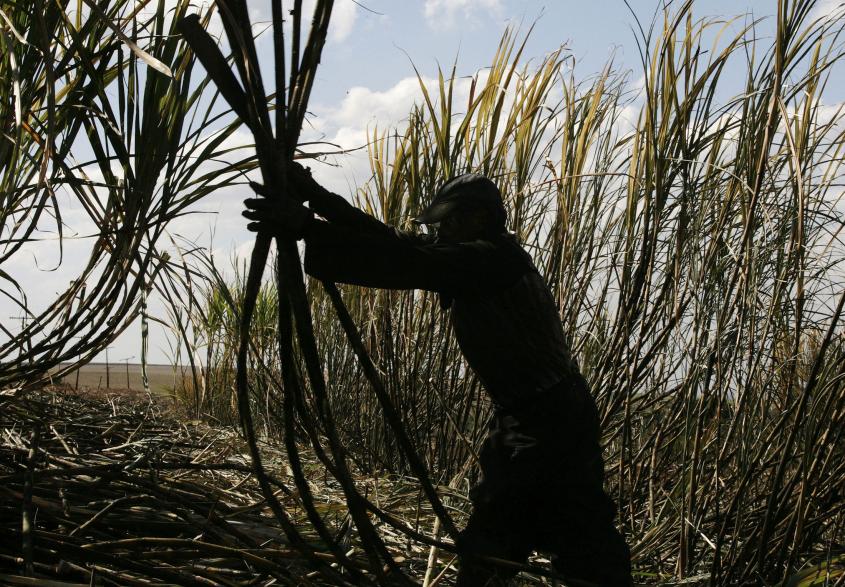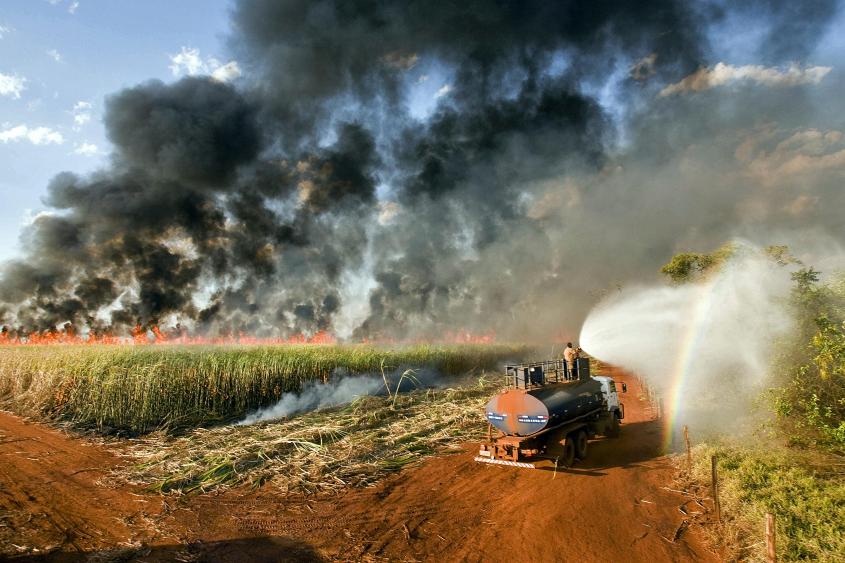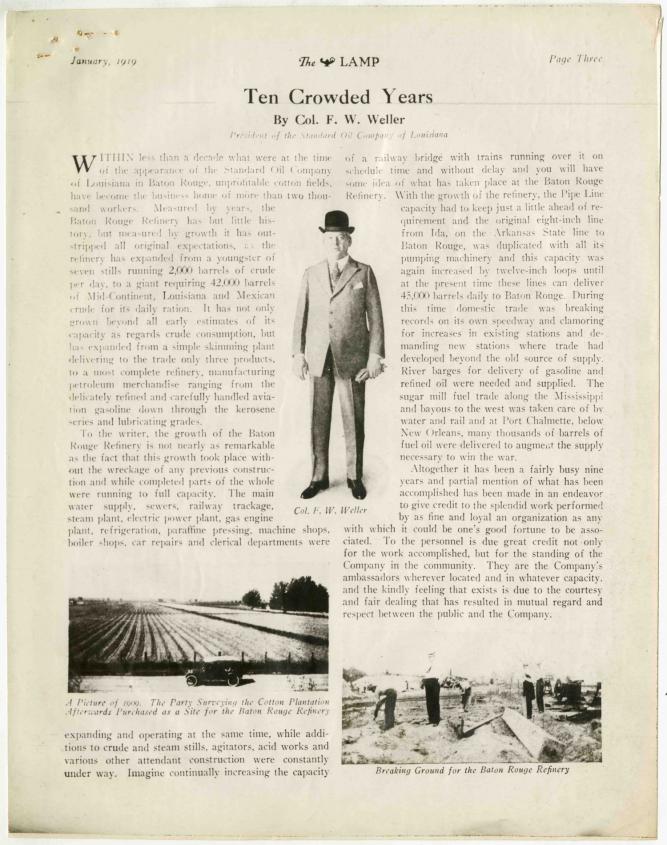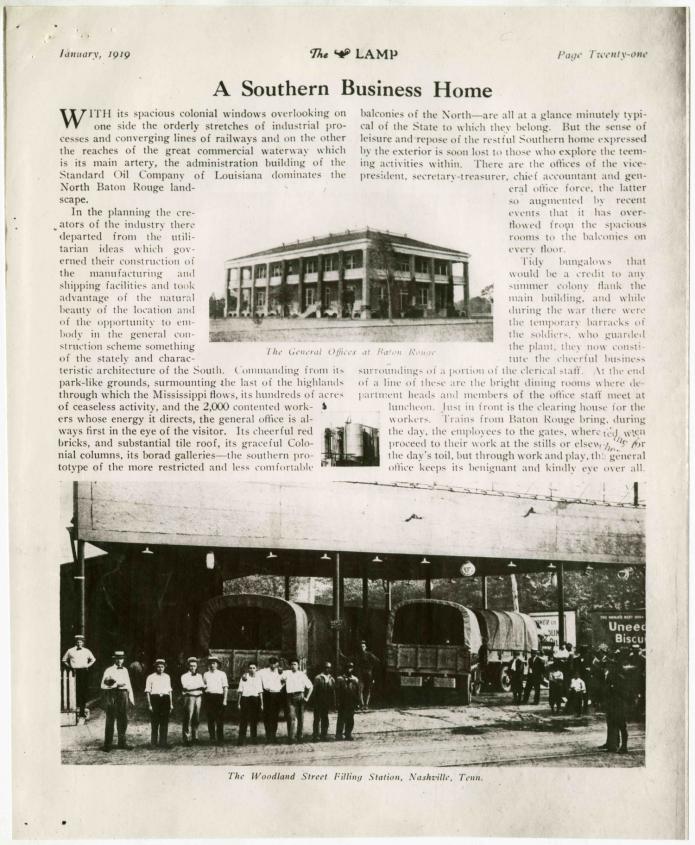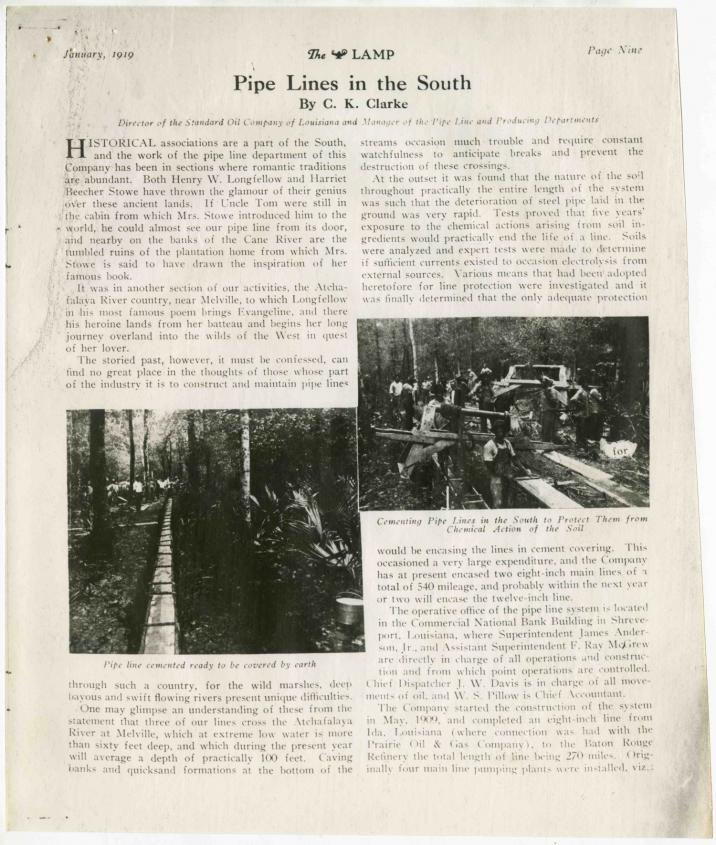Environmental history is one of the most exciting fields of history at the moment as scholars seek to understand the role the environment played in familiar events and the ways the environment has been shaped by historical forces. Here is a list of important works selected by Erika Bsumek and Mark Lawrence, two of the authors of our featured book this month (some of which have been reviewed on NEP).
Kurk Dorsey, The Dawn of Conservation Diplomacy: U.S.-Canadian Wildlife Protection Treaties in the Progressive Era (University of Washington Press, 1998). A landmark in the scholarship combining diplomatic and environmental history, this book examines U.S.-Canadian diplomacy aimed at managing migratory animals and birds — a notable and overlooked success of Progressive-era effforts to impose control over nature.
J.R. McNeill and Corinna R. Unger, Environmental Histories of the Cold War (Cambridge University Press, 2010). Like Nation-States and the Global Environment, this book collects essays from leading international and environmental scholars, uncovering various ways in which the Cold War involved struggles for natural resources and an the horrific ways in which the Cold War damaged the natural environment.
William Cronon, Nature’s Metropolis: Chicago and the Great West (W.W. Norton, 1991).
Greg Grandin, Fordlandia: The Rise and Fall of Henry Ford’s Forgotten Jungle City (Picador Press, 2009).
Reviewed by Cristina Metz on Not Even Past
Joachim Radkau, Nature and Power: A Global History of the Environment (Cambridge University Press, 2009).
Karl Jacoby, Crimes Against Nature: Squatters, Poachers, Thieves, and the Hidden History of American Conservation
Reviewed by Henry Wiencek on Not Even Past
John Soluri, Banana Cultures: Agriculture, Consumption & Environmental Change in Honduras and the United States
Reviewed by Felipe Cruz on Not Even Past
Thomas D. Rogers, The Deepest Wounds: A Labor and Environmental History of Sugar in Northeast Brazil
Reviewed by Elizabeth O’Brien on Not Even Past
![]() More on the environment on Not Even Past
More on the environment on Not Even Past
Boomtown, USA: and Historical Look at Fracking, by Henry Wiencek
Her Program’s Progress: Lady Bird Johnson at the Glen Canyon Dam, by Erika Bsumek
The documentary film series on tourism in Panama, I am Tourism/Yo Soy Turismo by Andres Lombana-Bermudez and Blake Scott


